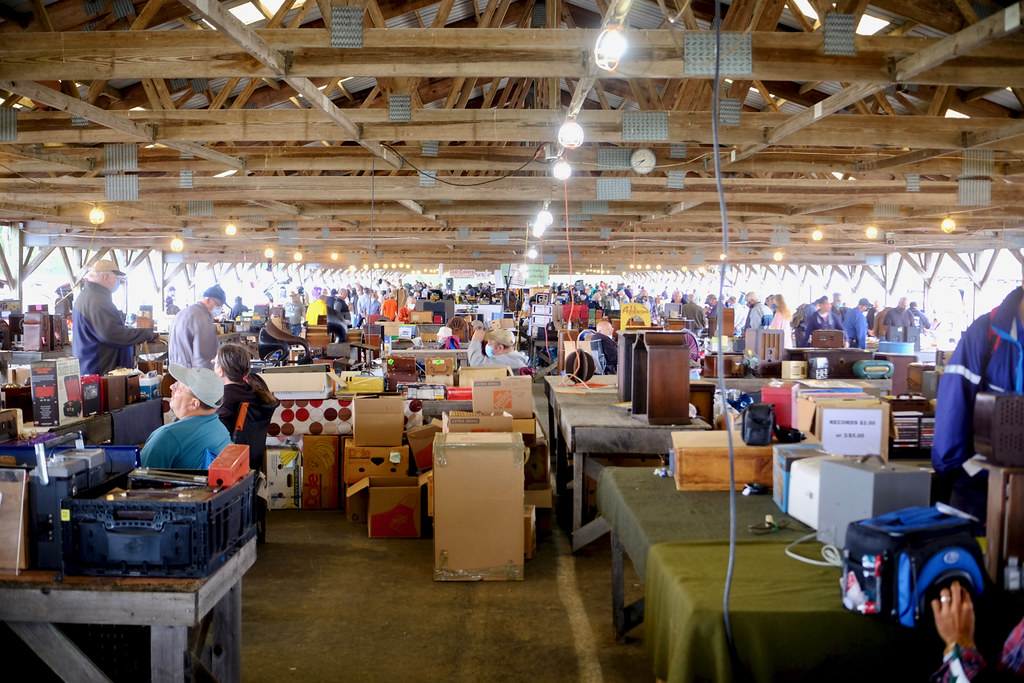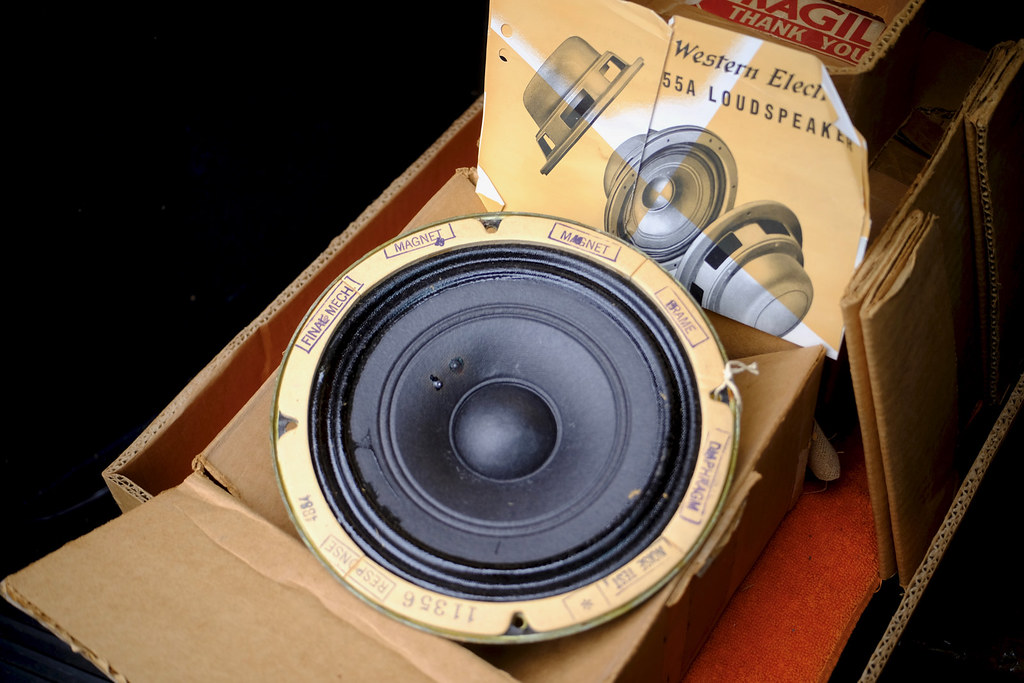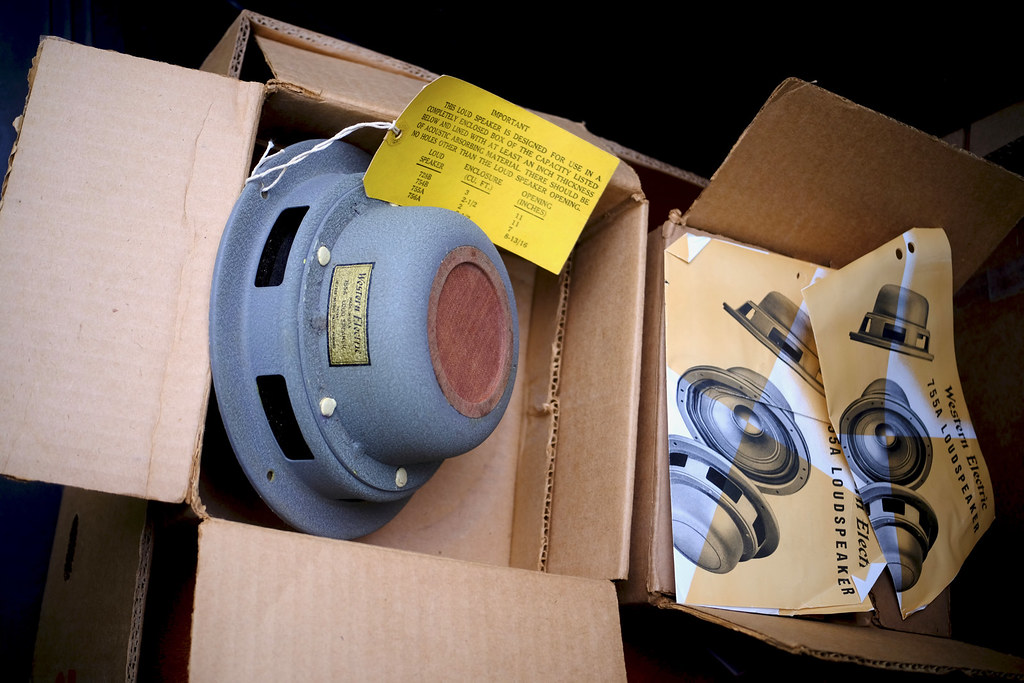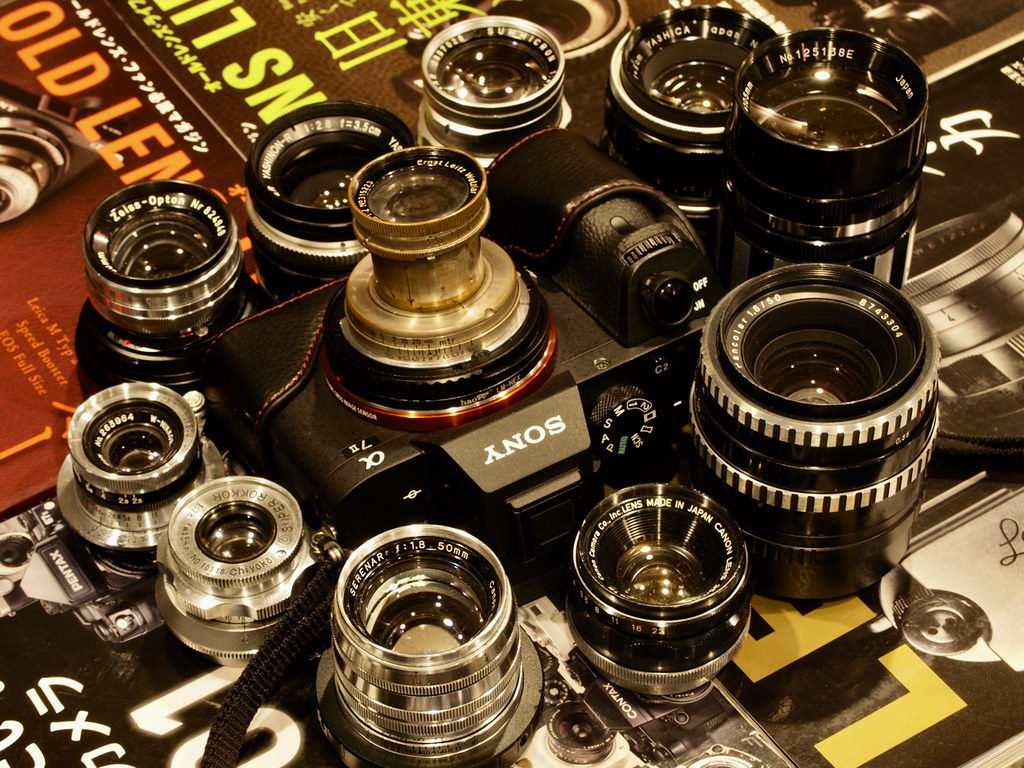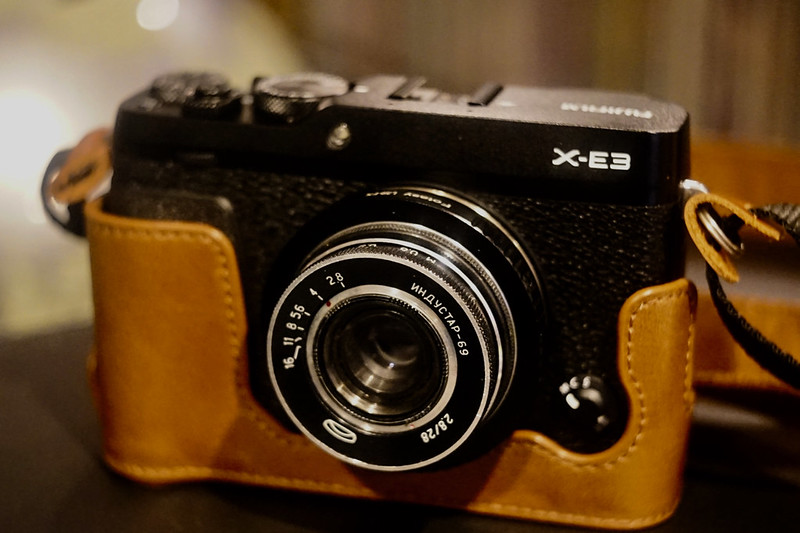Having been a happy user of a John Linsley-Hood (JLH) 1969 Class A amp cloned by Nobsound, I was intrigued by the JLH Class A headphone amp boards featuring discrete circuitry (no ICs or op-amps) advertised on eBay. In the midst of the 2020 lockdown, I ordered this $25 pre-assembled board, which arrived in a padded pouch within 10 days. I also got a surplus 24 VCT @ 2A power transformer for another $15.
!!!WARNING!!!
The voltages in this project are potentially lethal! Proceed at your own risk!
Typical of Chinese kits, this board didn't come with instructions or any type of documentation. But the board is marked for an experienced DIYer to decipher and set up in no time. Unlike the original JLH 1969 design, which needed DC blocking capacitors at the output due to the single rail supply, this headphone amp module was updated to work with a dual rail (+/-) supply so the output capacitors can be omitted.
Unfortunately, I couldn't get stable zero DC offset at the output terminals. Trimming for zero volts after 30-45 minutes of warm up was not a guarantee that in another 30 minutes it'll still be zero - I've measured as much as 0.3V.😞
Since I didn't want to risk frying my headphones and classic speakers, I installed 2500uf @ 16V electrolytic blocking capacitors at each channel’s output. Then, I bypassed the electrolytic caps with hermetically sealed 4uf paper caps just like I did to the Nobsound NS02g.
 |
| Top trace = audio generator Bottom trace = amp output |
In spite of the DC blocking caps at the output, the square waves still show excellent bandwidth, transient response with no trace of ringing.
Before clipping, I measured 250mW/channel @ 4 ohms, 500mW/channel @ 8 ohms and 950mW/channel @ 16 ohms, 1.2W/channel @ 32 ohms, 395mW/channel @ 150 ohms, 190mW/channel @ 330 ohms and 115mW/channel @ 560ohms. I pretty much exhausted the resistor values from my parts bin to emulate the nominal impedance of typical headphones.
The 115mW output into a 560 ohm load shouldn't worry headphone enthusiasts since this amp drove my Austrian AKG K240/600 ohm Monitor cleanly beyond SPLs my ears could tolerate. It also had no issues driving less efficient ortho-dynamic headphones like the Fostex T50RP MKII below, courtesy of my friend Nate. Thanks, buddy!
This amp definitely outclassed the Rat Shack mini amps I'm fond of. Its class A design's purity and transparency puts it on another league. Unfortunately, Class A amp designs require a more substantial power supply, which is incompatible with portability.
The character of this amp is exactly like that of its bigger brother, a fatigue-free solid state amp that almost (but not quite) succeeds in sounding like a good tube amp!
BTW, did I mention that it can also drive my Altec 755As in Silbatone cabinets?

















